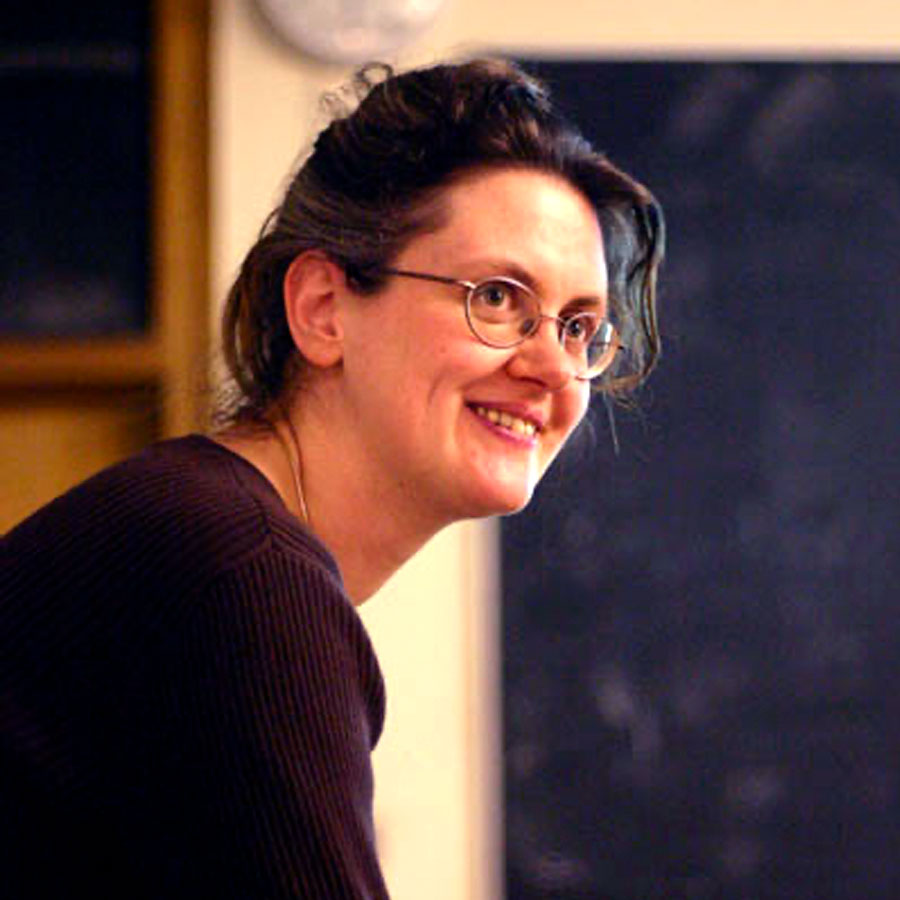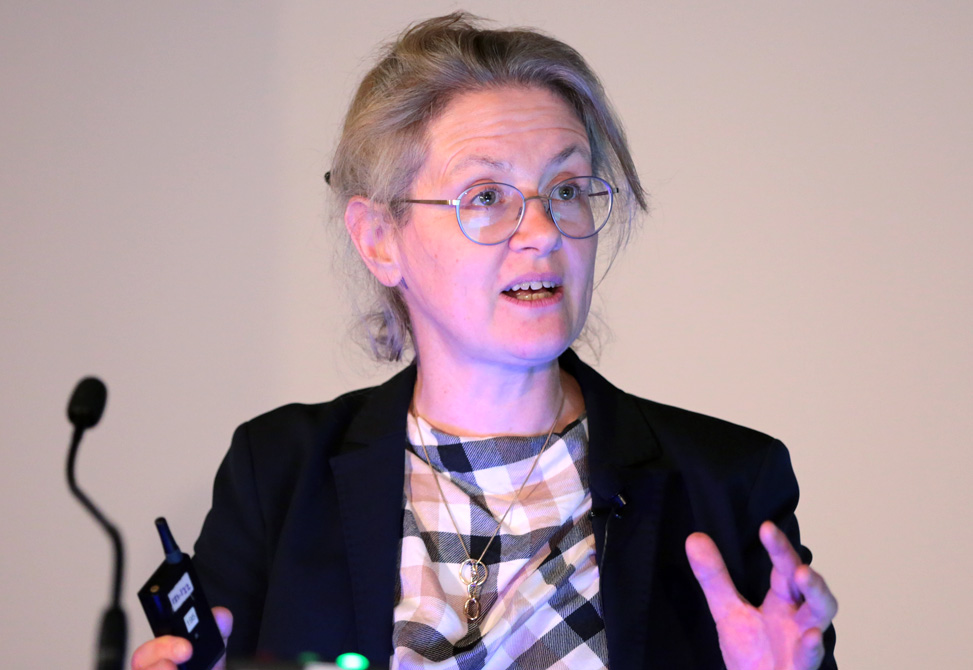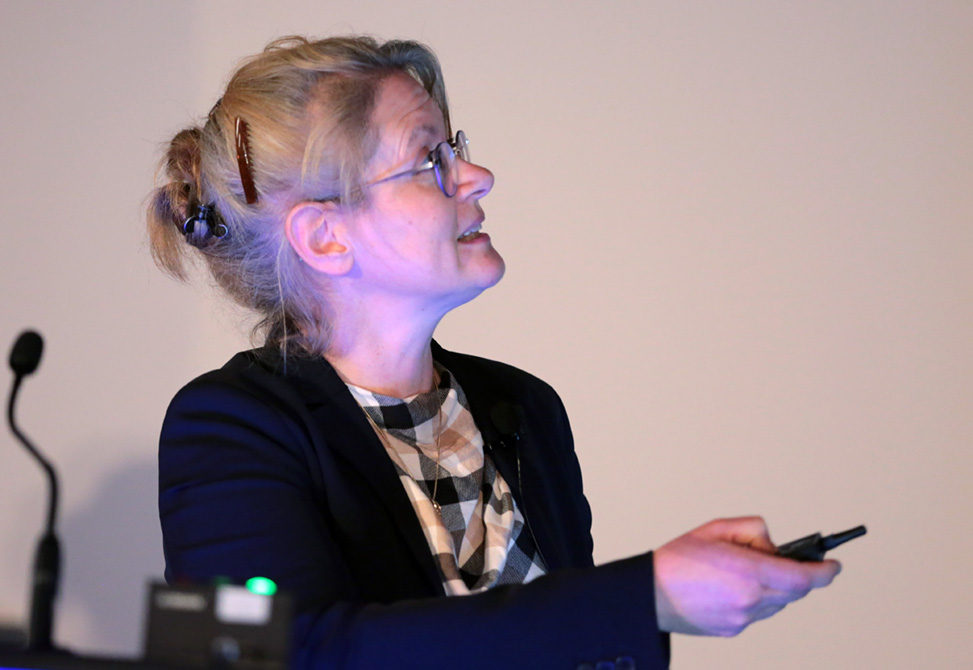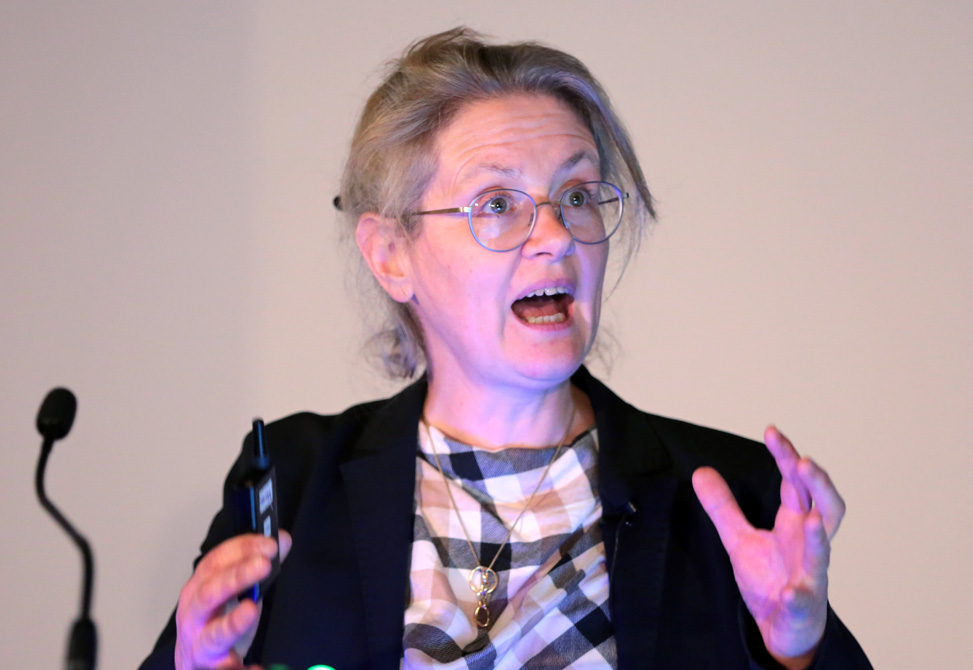Alethea Tabor
University College of London
Talk Session: SESSION 14: STRUCTURAL METHODS IN PEPTIDE SCIENCE
Date: Thursday, June 16, 2022
Talk Time: 11:30 am - 11:50 am
Talk Title: A Chemical Biology and Biophysics Approach to Understanding the Molecular Recognition of Lipid II by the Lantibiotic Nisin
We are developing new synthetic chemistry methodologies to synthesise biologically active peptides of unusual structure, and using biophysical techniques to probe their mode of action. We are currently working on the synthesis and lipid binding of the lantibiotic nisin; the design and synthesis of new targeting peptide and glycopeptides for use in ternary gene delivery vectors and in investigation antigen processing; and in new biomaterials for stem cell culture.
The global threat of antimicrobial resistance has generated a renewed interest in natural products, such as the lantibiotics, as a rich source of potent antimicrobial drugs. The best-studied lantibiotic, nisin, is a multiply thioether-bridged polycyclic peptide with high affinity and specificity for binding to lipid II. The currently accepted hypothesis is that nisin and lipid II assemble at an 8:4 ratio to form a pore structure in the bacterial membrane, causing cell death.
We are currently studying this interaction at the molecular level using a combination of chemical biology and biophysical approaches. Analogues of the N-terminal region of nisin(1-12) have been prepared by solid phase peptide synthesis.
We have carried out an NMR ensemble analysis of one analogue and of wild type nisin(1-12), and have demonstrated that rings A and B are pre-organised for binding to the pyrophosphate group of lipid II. Using a semisynthesis approach, we have also prepared partially linearized analogues of nisin with one or more of rings C, D and E replaced by linear sequences. Electrophysiology and in vitro antimicrobial testing of these analogues enable the roles of these rings in insertion of the C-terminus in the bacterial membrane and binding to lipid II to be probed.







